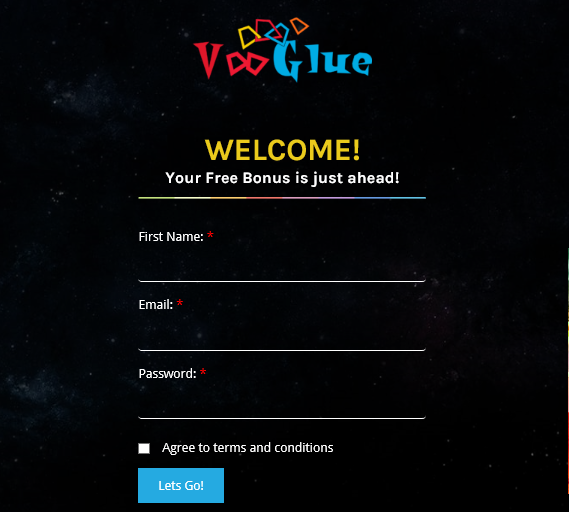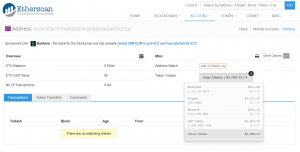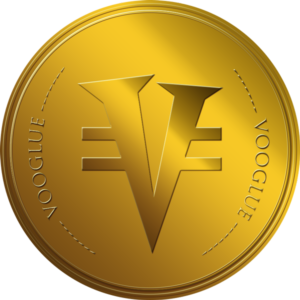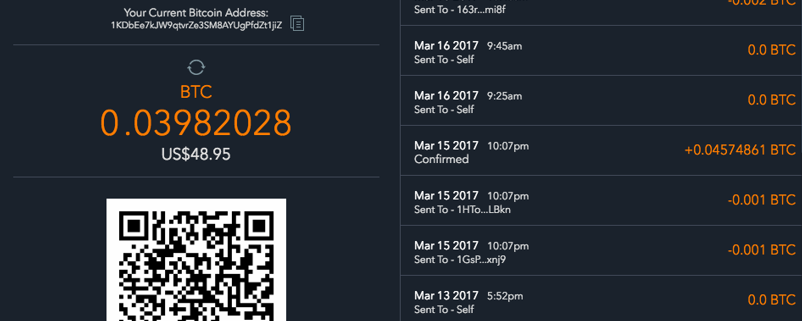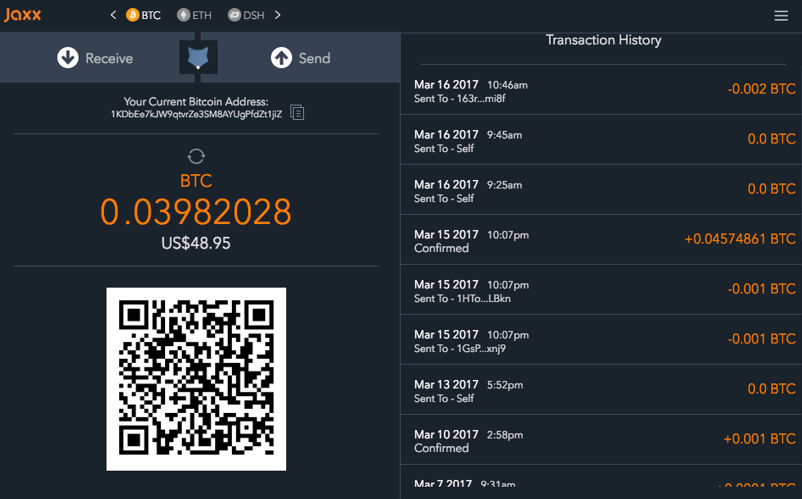https://vooglue.io/wp-content/uploads/2018/05/30741306_10214334783576434_2980798309683242139_n.jpg
720
960
admin
https://vooglue.io/wp-content/uploads/2020/03/corporate-logo.png
admin2018-04-30 04:06:332018-05-04 04:15:22VooGlue Presents At Cryto Secrets Forum
https://vooglue.io/wp-content/uploads/2020/03/corporate-logo.png
0
0
Graham Stone
https://vooglue.io/wp-content/uploads/2020/03/corporate-logo.png
Graham Stone2018-02-28 11:44:472018-05-04 06:35:09How to Buy VooGlue (VGC) Tokens
https://vooglue.io/wp-content/uploads/2020/03/corporate-logo.png
0
0
Graham Stone
https://vooglue.io/wp-content/uploads/2020/03/corporate-logo.png
Graham Stone2018-02-10 06:31:122018-02-15 07:21:24VooGlue Token Sale Registers 1,000 Buyers
https://vooglue.io/wp-content/uploads/2020/03/corporate-logo.png
0
0
Graham Stone
https://vooglue.io/wp-content/uploads/2020/03/corporate-logo.png
Graham Stone2018-01-23 12:34:032018-01-23 12:35:05VooGlue’s Token Pre-Sale Begins
https://vooglue.io/wp-content/uploads/2020/03/corporate-logo.png
0
0
Graham Stone
https://vooglue.io/wp-content/uploads/2020/03/corporate-logo.png
Graham Stone2018-01-22 09:39:222018-01-22 09:41:10How to Avoid Scams When Investing in ICO's
https://vooglue.io/wp-content/uploads/2018/01/hvfgh.png
499
802
Ratko Stambolija
https://vooglue.io/wp-content/uploads/2020/03/corporate-logo.png
Ratko Stambolija2018-01-11 12:18:292018-01-11 12:18:29Entering the Cryptocurrency Ecosystem
https://vooglue.io/wp-content/uploads/2018/01/panoramic-3049543_1920.jpg
895
1920
Ratko Stambolija
https://vooglue.io/wp-content/uploads/2020/03/corporate-logo.png
Ratko Stambolija2018-01-04 08:24:132018-01-05 15:59:48The Basics of Blockchain Technology and Token Sales


